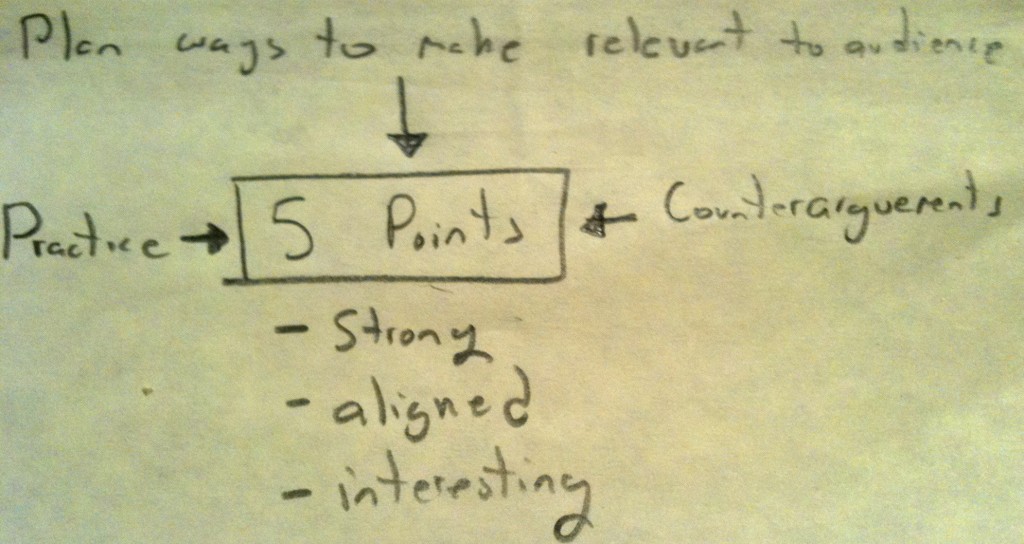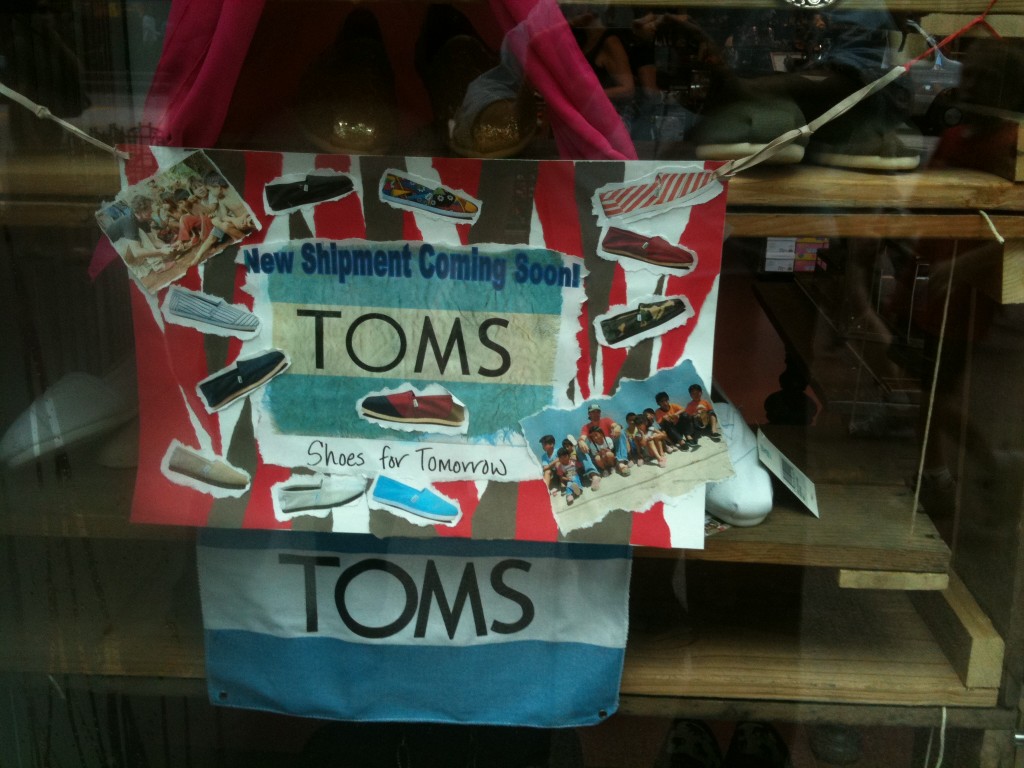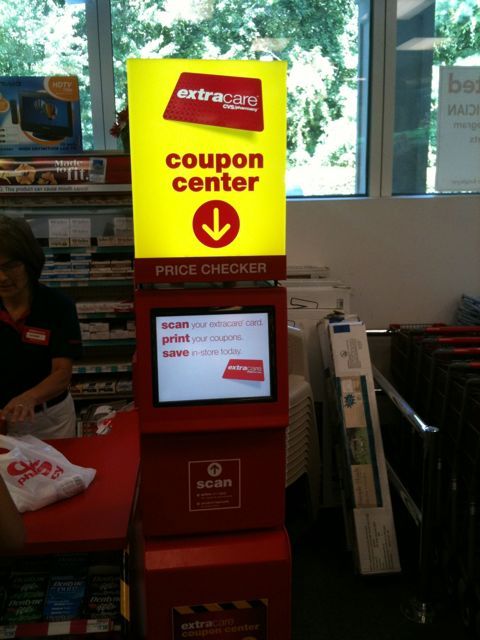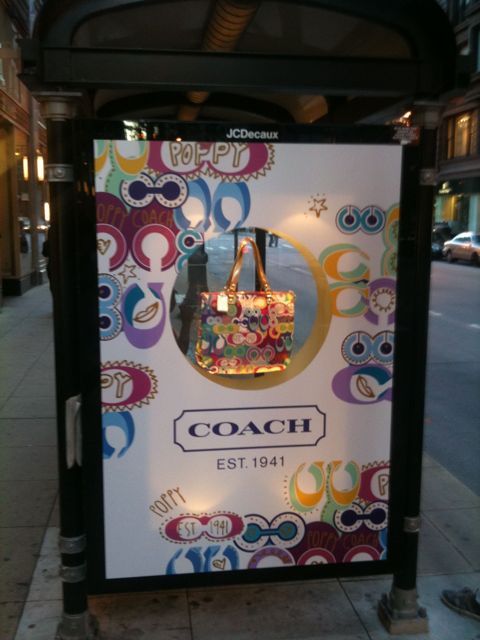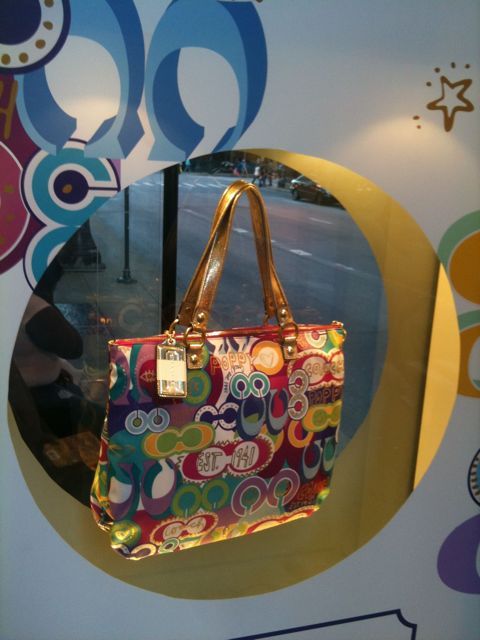Politics Over the Last 30 years
Late 80s -90s in politics – Big national databases that segmented and targeted and identified “influentials”
90s -2000s in politics – rise of talk-radio hosts
Late 2000s in politics – neighborhood by neighborhood organizing the rise of niche micro-movements (donations, volunteers, etc)
Advertising Over the last 30 years – Basically take politics and lag by a decade
90-2000s – Big national databases that segmented and targeted and identified “influentials”
Late 2000s – bloggers who command attention like the talk-radio hosts and guerrilla advertising
2010 – The rise of twitter, niche advertising, and local and “badged” communities
References
From a late night conversation with Michael Leis on ways to explain advertising/social media
